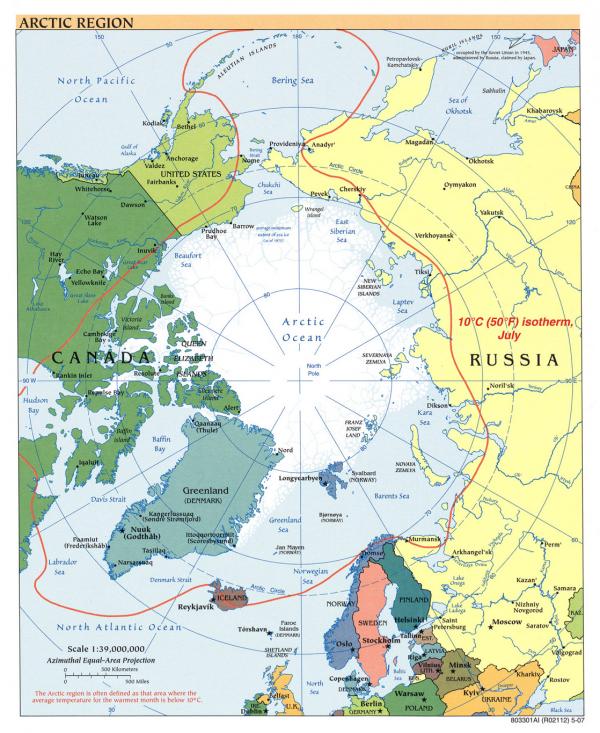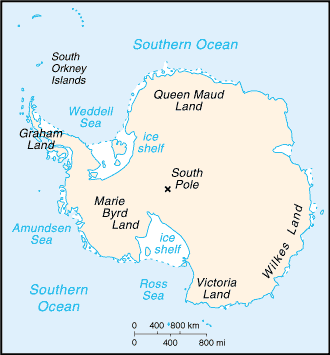How to define the Arctic?
I have found that when I talk about going to the arctic, sometimes people get confused and think that I am going south to the Antarctic, or Antarctica. It is clear that the polar regions, while fascinating, are quite unfamiliar to most people. I am so excited to get the opportunity to venture into this part of the world, and take each of you with me. I will use this journal to clarify some key differences.

The Arctic is a region defined by latitude, much like the tropics are a region that falls between the Tropic of Cancer and the Tropic of Capricorn (designated by latitude) the Arctic is the region that falls at latitudes above 66° 33'N- the Arctic Circle- all the way to the north pole. This area is considered a polar region. The other polar region on earth falls below the Antarctic Circle of 66º 33'S. There are some other definitions for the arctic and polar regions, involving tree line, the area in which the maximum average temperature isn’t above 50ºF- if you are interested in learning more about these definitions check out this site: http://www.uarctic.org/AtlasTheme.aspx?m=642\
Arctic vs. Antarctic
- The arctic polar region is land (comprised of Russia, Canada, Greenland (part of Denmark), Norway, Sweden, Finland, Iceland and the US (Alaska)) that surrounds the Arctic Ocean.

- The antarctic polar region is land- Antarctica- surrounded by an ocean, the Southern Ocean.

- Due to their positions in the northern and southern hemispheres their seasons are opposite. I will visit the arctic in their summer.
Challenges of Living in Polar Regions
Both of these areas have unique abiotic (or non-living) features that make life a challenge. They experience long periods of darkness during their respective winters with harsh winds and very cold temperatures. Conversely during their respective summers they experience lots of daylight and still have winds, and temperatures can warm to above freezing- even as high as 70º F in some parts of the Arctic! They both experience snow and ice, but periods of rain also happen in the summer. Being in the polar region means that there is at minimum one day in the summer when the sun will never dip below the horizon, and one way in the winter where the sun will never come above the horizon.
One unique feature that the polar regions both share is that they have permafrost. We will talk more about permafrost in future journals, but it is a layer of soil that stays frozen throughout the year! The top layer thaws in the summer, but the thawed water is not able to soak into the ground once it hits this frozen layer, making for lots of lakes, rivers and mushy soils (perfect for the microbes!)
This biome is definitely one that may seem harsh, but there is a surprising amount of life present. I hope you now have a little clearer picture of where the arctic is located and what the environment is like. Once I make the trek north I will be sure to relay more pictures and stories!


Comments